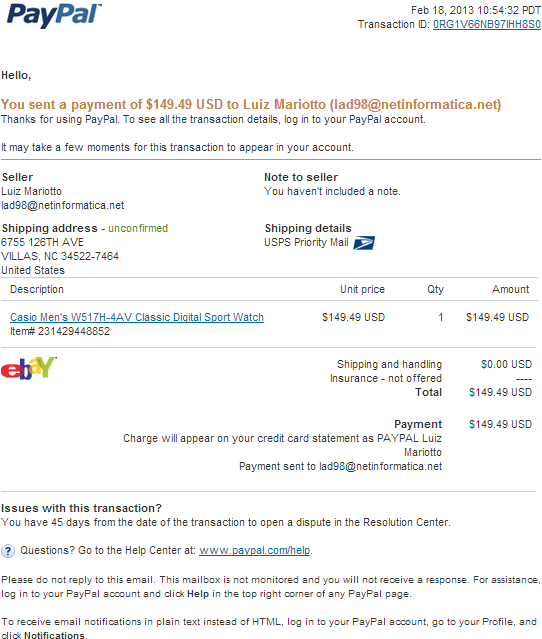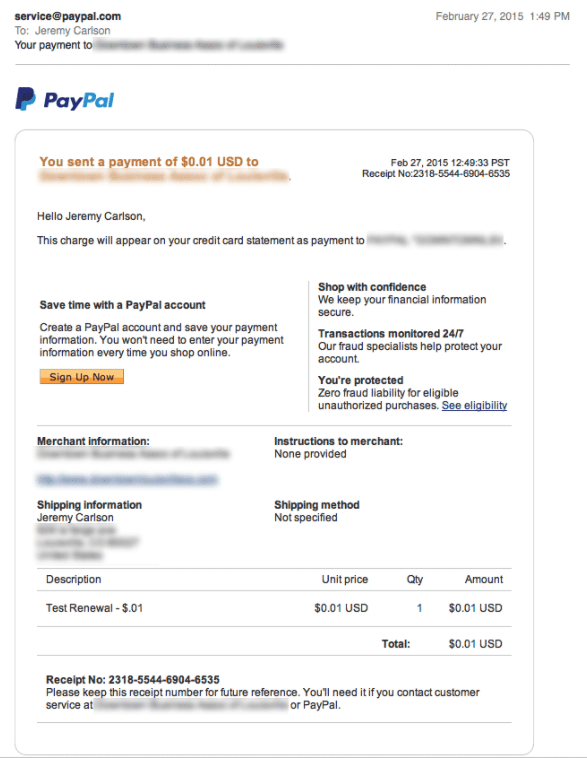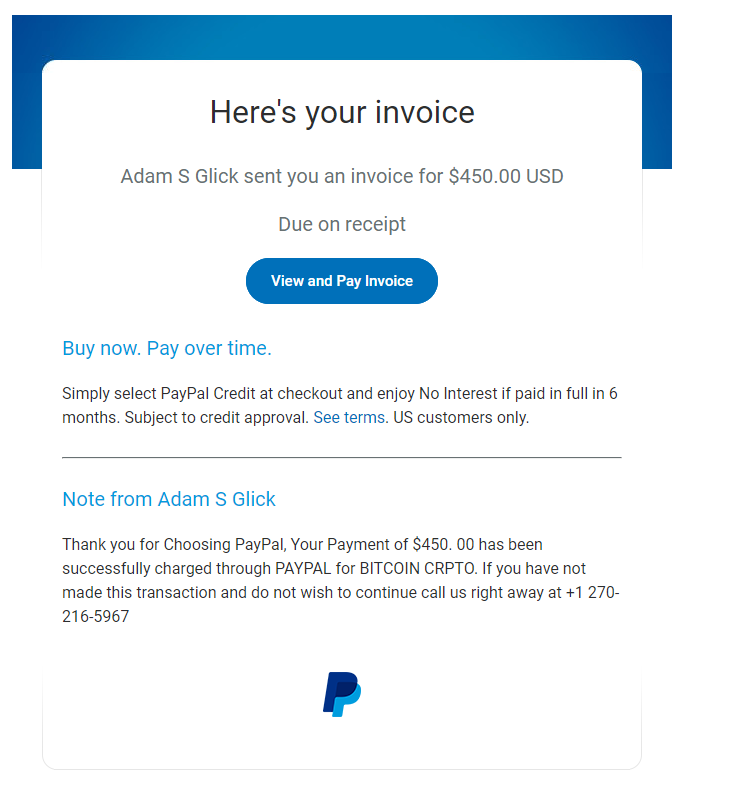Paypal Fake Receipt

Executive Summary

With the accessibility of software suites like Adobe Acrobat, the creation of fraudulent documents such as Paypal Fake Receipt has become increasingly pervasive. These receipts are often used to perpetrate financial crimes, such as phishing and scams. This article will provide an overview of Paypal Fake Receipt, discuss the methods used to create them, and explore the legal implications of their use.

Introduction
PayPal is a widely used online payment platform that facilitates the transfer of funds between individuals and businesses. The platform’s popularity has made it a target for fraudsters who create Paypal Fake Receipt to deceive and exploit unsuspecting victims.
FAQs
- Can I create a fake PayPal receipt?
Yes, it is possible to create a fake PayPal receipt using software like Adobe Acrobat or other PDF editing tools. However, creating and using fake PayPal receipts is illegal and can have serious consequences.
- How can I tell if a PayPal receipt is fake?
There are several indicators that a PayPal receipt may be fake, including:
- Misspellings or grammatical errors
- Inconsistent formatting
- Incorrect or missing company information
- Suspicious email addresses or website URLs
- What should I do if I receive a fake PayPal receipt?
If you receive a fake PayPal receipt, it is important to:
- Report the receipt to PayPal
- Contact your bank or credit card company
- File a police report
Top 5 Subtopics
Methods of Creating Fake PayPal Receipt
- PDF Editing Software: Fraudsters use software like Adobe Acrobat to edit existing PayPal receipts or create new ones from scratch.
- Online Generators: Websites and online services offer tools to generate fake PayPal receipts with custom information.
- Third-Party Apps: Malicious apps can be used to create and send fake PayPal receipts to unsuspecting victims.
Legal Implications of Using Fake PayPal Receipt
- Forgery: Creating and using fake PayPal receipts is a form of forgery, which is a criminal offense.
- Fraud: Fake PayPal receipts are often used to commit fraud, such as phishing and scams.
- Financial Loss: Victims of fake PayPal receipts may suffer financial losses as a result of fraudulent transactions.
Impact on PayPal
- Reputational Damage: Fake PayPal receipts can damage PayPal’s reputation and erode trust among users.
- Loss of Revenue: Fake PayPal receipts can lead to chargebacks and disputes, resulting in financial losses for PayPal.
- Increased Regulation: The prevalence of fake PayPal receipts may lead to increased regulation of the online payment industry.
Detection and Prevention of Fake PayPal Receipt
- Enhanced Security Measures: PayPal employs advanced security measures to detect and prevent fake receipts.
- User Education: Educating users about the signs of fake PayPal receipts can help prevent fraud.
- Collaboration with Law Enforcement: PayPal works closely with law enforcement to investigate and prosecute individuals involved in the creation and use of fake PayPal receipts.
Tips for Avoiding Fake PayPal Receipt
- Verify the Sender: Always check the email address or website URL of the sender to ensure its legitimacy.
- Inspect the Receipt: Review the receipt carefully for errors, inconsistencies, or suspicious information.
- Use Secure Payment Methods: Use secure payment methods like PayPal’s Buyer Protection Policy to protect yourself from fraud.
Conclusion
Fake PayPal Receipt pose a serious threat to individuals, businesses, and the online payment industry. Understanding the methods of creation, legal implications, and detection techniques is essential for mitigating the risks associated with this fraudulent activity. By staying vigilant, reporting suspicious receipts, and adhering to best practices, individuals can protect themselves and contribute to the prevention of Paypal Fake Receipt.
Keyword Tags
- Paypal Fake Receipt
- Phishing
- Fraud
- Forgery
- Online Payment Security
